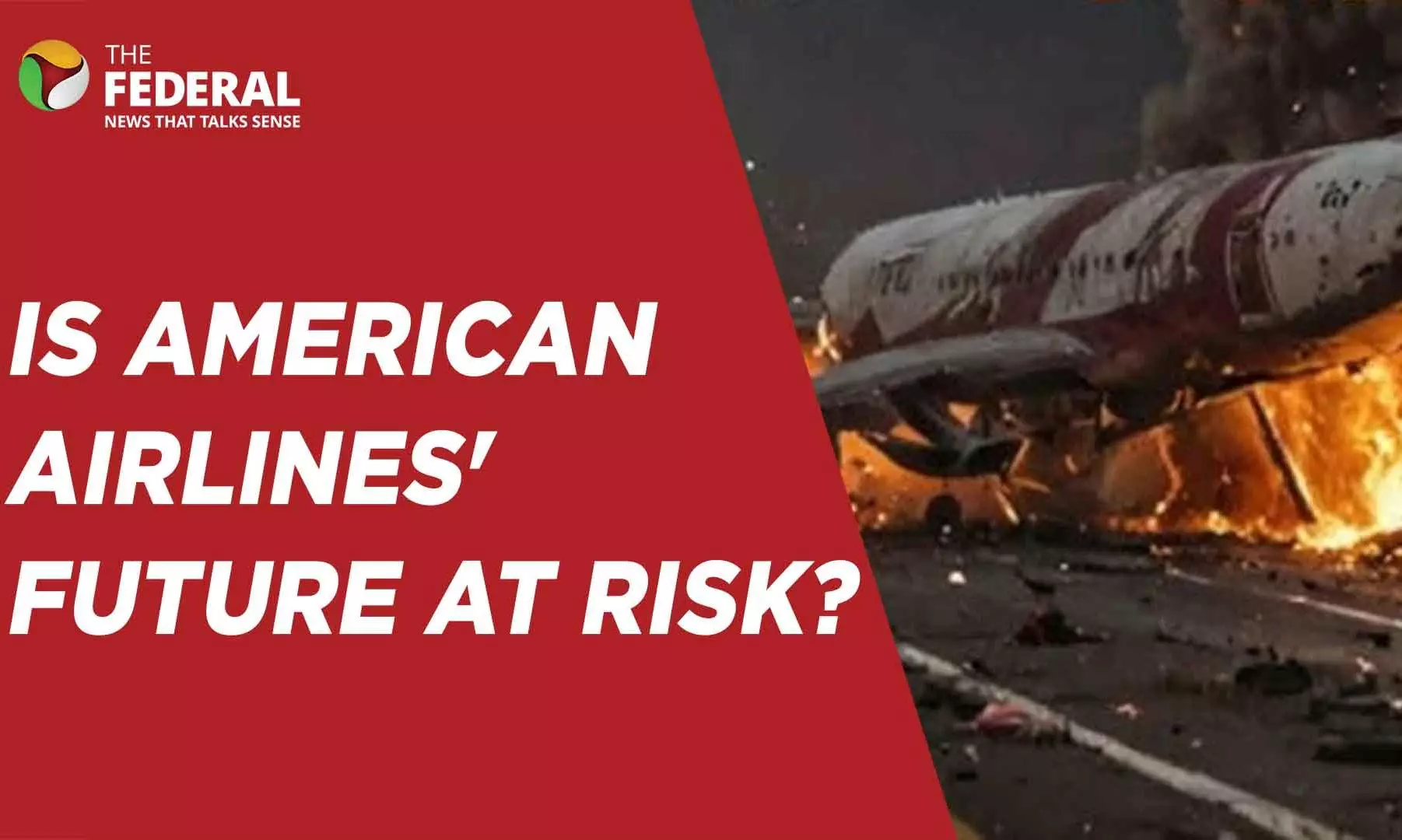
Washington DC plane crash: Why do mid-air collisions happen?
A mid-air collision near Washington DC raises concerns over air traffic safety and coordination. Could improved protocols prevent such disasters?

A US Army Black Hawk helicopter and an American Airlines regional jet collided mid-air near Washington DC on Thursday (January 30, India time), leaving 67 people dead. The collision, attributed to human error, has sparked discussions on air traffic control protocols and aviation safety measures.
According to preliminary reports, the air traffic control (ATC) had warned the helicopter pilot about its proximity to the jet and instructed him to fly below it. However, for reasons yet unknown, the helicopter crashed directly into the aircraft.
Why do mid-air collisions happen?
Several factors contribute to mid-air collisions. Miscommunication between pilots and the ATC is a major issue, alongside failure to maintain proper visual separation. "Visual separation means that from whatever your eyes see, you should immediately recognize the distance and adjust accordingly," explained K Giri Prakash, Business Editor at The Federal.
Navigation errors also play a significant role in such accidents. In this case, less than 30 seconds before impact, the ATC confirmed with the helicopter crew whether they had visual contact with the American Airlines jet. Despite acknowledging the sighting and being instructed to pass behind the plane, the collision still occurred.
Also read: Washington DC | All 67 feared killed after US jet collides with chopper
Managing multiple flights in shared airspace
Air traffic controllers rely on radar systems, communication protocols, and established flight procedures to manage multiple flights and prevent collisions. Near major airports such as Washington DC, New Delhi, and Mumbai, precise coordination is crucial to maintaining safe separation.
Military and civilian aircraft often share airspace, which increases risks. While dangerous, such occurrences are unavoidable due to the proximity of military and civilian airfields. "Strict regulations, coordination between military and civilian ATC, and adherence to protocols are essential to ensure safety," Prakash noted.
Investigating the crash: What comes next?
The Federal Aviation Administration (FAA) and the military will conduct a thorough investigation. The aircraft’s black box, which records cockpit conversations and flight data, will be crucial in determining the cause.
"Investigations will also involve witness accounts, mechanical failure assessments, and procedural reviews," Prakash explained. Given the legal implications, the process may take several months before reaching a final conclusion.
Also read: Washington DC: Video of moment jet collided with army helicopter mid-air goes viral
Strengthening aviation safety measures
Despite such incidents, flying remains one of the safest modes of transport. However, continuous improvements are necessary. Key safety enhancements include:
Enhanced training: Regular joint exercises between military and civilian pilots, along with air traffic controllers.
Advanced technology: Upgrading collision avoidance systems to prevent future accidents.
Revised protocols: Regular updates to flight operations and communication procedures to strengthen coordination.
"Air safety is a work in progress, and it must evolve to ensure that such tragic accidents do not happen again," Prakash emphasized.
Impact on American Airlines' business and reputation
The accident is a serious setback for American Airlines, though its long-standing safety record remains notable. "This incident will certainly dent their reputation, but it should be viewed in context," Prakash stated. To regain public trust, American Airlines must:
• Provide timely and transparent updates on the investigation’s progress.
• Offer financial and emotional support to affected families.
• Conduct strict safety audits and public engagement efforts to reinforce their commitment to passenger safety.
Addressing these concerns proactively will help the airline manage its reputation while ensuring passenger confidence in future flights.
The content above has been generated using a fine-tuned AI model. To ensure accuracy, quality, and editorial integrity, we employ a Human-In-The-Loop (HITL) process. While AI assists in creating the initial draft, our experienced editorial team carefully reviews, edits, and refines the content before publication. At The Federal, we combine the efficiency of AI with the expertise of human editors to deliver reliable and insightful journalism.

